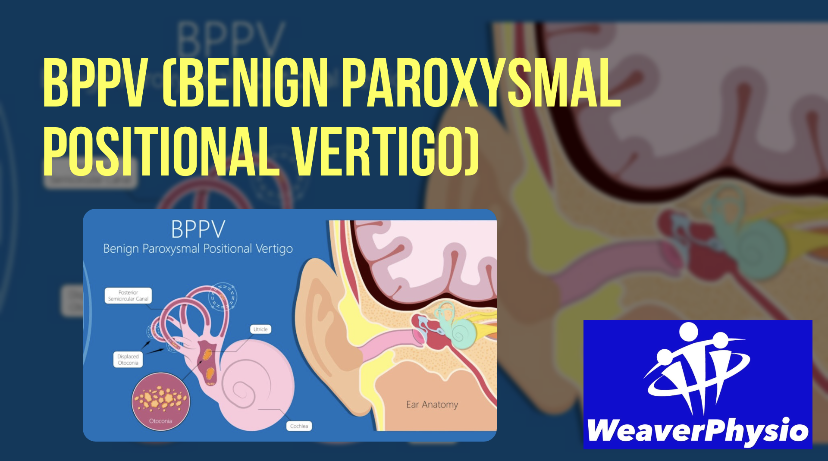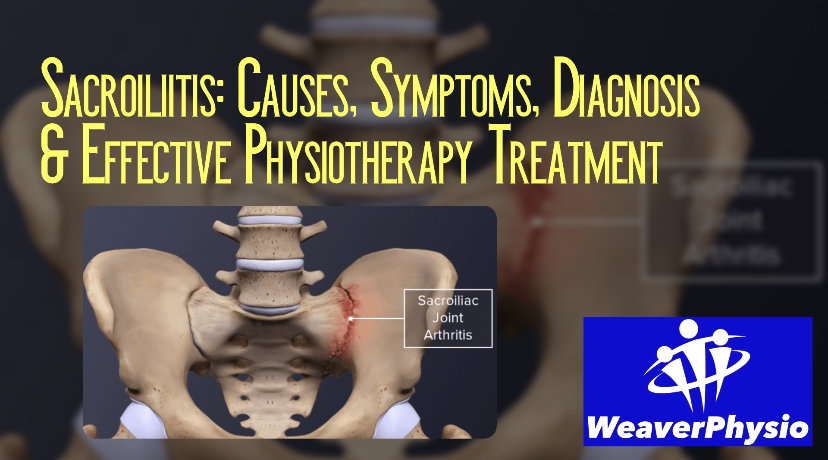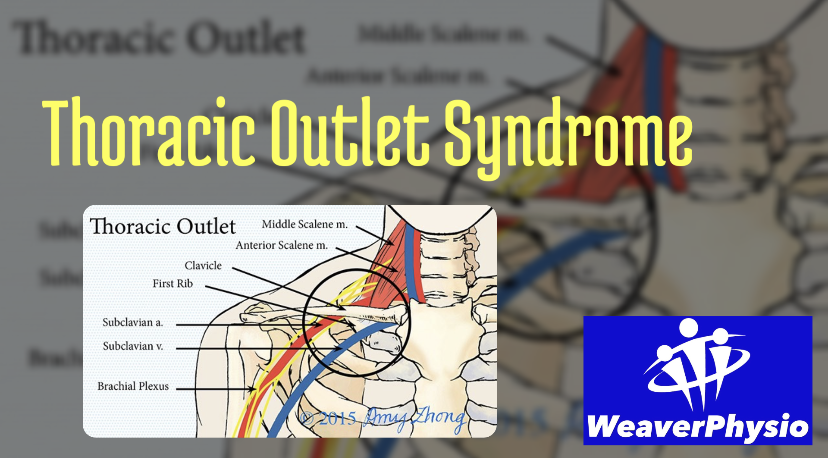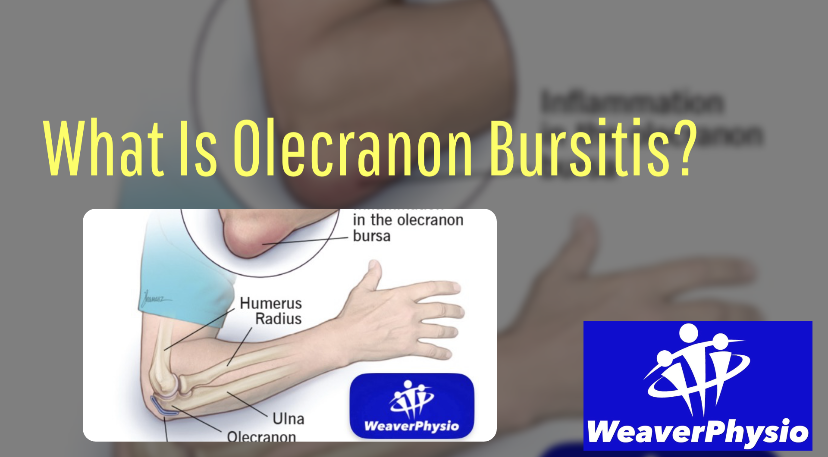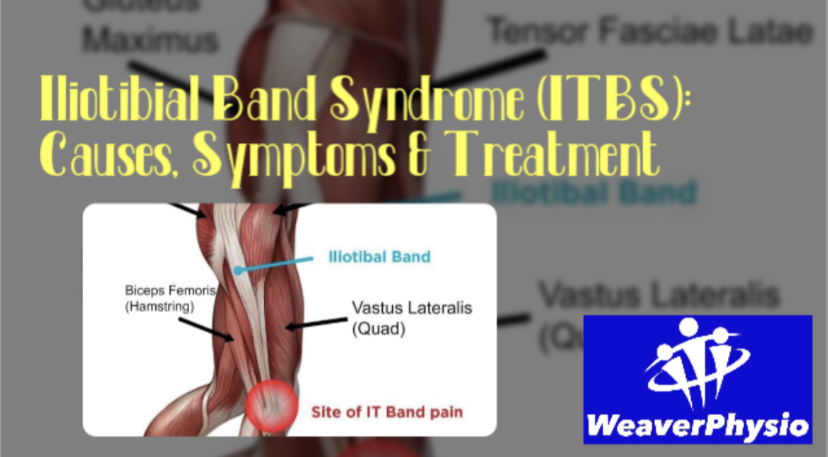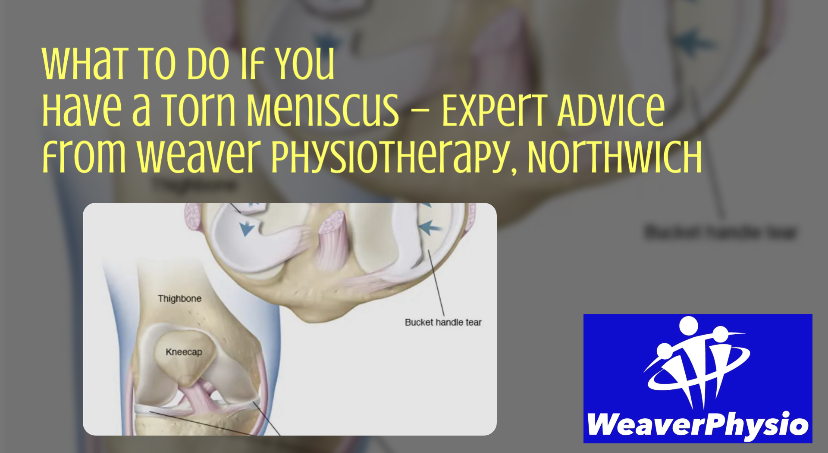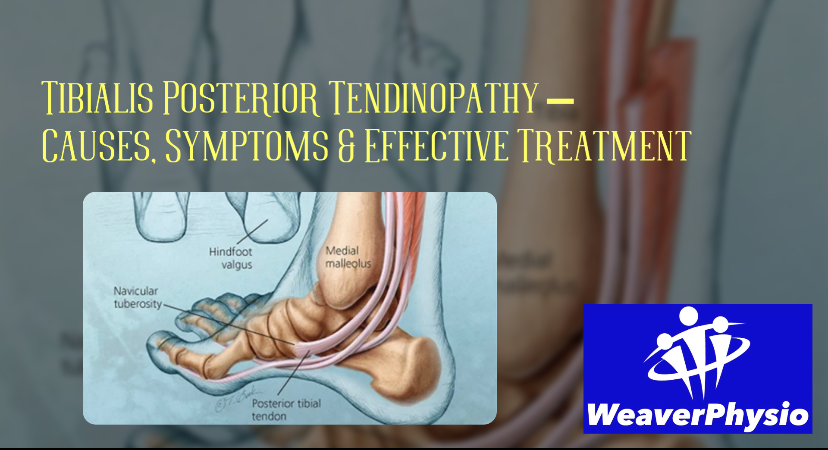Dont Run into Trouble
Run better, faster, stronger, longer
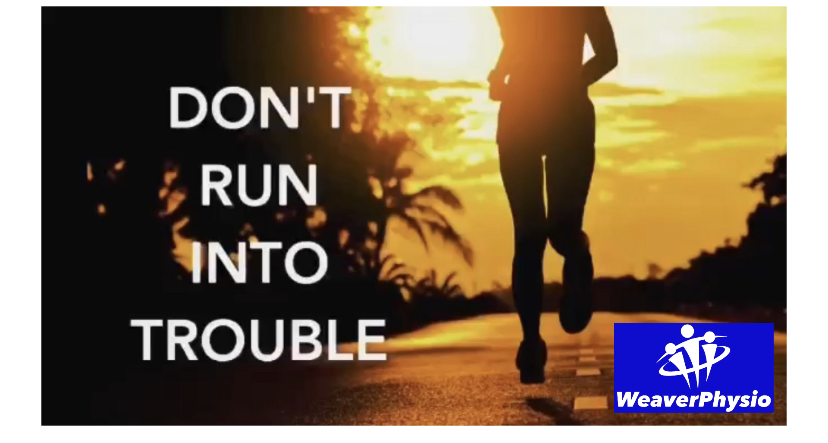
Do you dream of being that runner who glides through every mile pain-free—no twinges, no niggles, no soreness from yesterday’s intervals? You’re not alone. Research shows up to 79% of runners will experience a running-related injury (RRI) every year. That’s nearly 8 out of 10 runners on your local start line dealing with injury at some point.
At Weaver Physio – Northwich’s Running Injury Specialists, we often describe running pain as existing on a spectrum. At one end is the red zone—serious injury like stress fractures that demand rest. At the other, the green zone—optimal form with no issues. Most runners, however, get stuck in the yellow zone: not quite injured but not quite right. How you respond to that first warning sign is critical. Early action—like reducing mileage, getting treatment, and adjusting intensity—can prevent long-term setbacks. Long-term strategies like strength work, mobility drills, sports massage, and consistent foam rolling are key to staying in the green. Think of physiotherapy like doing homework—you might not love it, but avoiding it often leads to problems later.
👉 Access free running injury prevention guides here (https://app.co-kinetic.com/success-page/dont-run-into-trouble-a-content-marketing-campaign-for-therapists?userId=11769)
https://app.co-kinetic.com/success-page/dont-run-into-trouble-a-content-marketing-campaign-for-therapists?userId=11769
So, What Causes Running Injuries?
While there are many theories, the truth is blunt: running causes running injuries. Running is the one necessary ingredient in every RRI case. That said, other variables do influence injury risk. For years, experts blamed leg length differences, pronation, arch height, knock knees, and even “bad” footwear. More recent research suggests no single factor guarantees injury—injury risk is multifactorial.
However, there is one proven culprit: training error. Studies suggest 60–80% of running injuries stem from overloading tissues beyond their capacity. It’s not necessarily how far you run, but how quickly you increase volume, speed, or hill work. Tissues like tendons and ligaments adapt slower than muscles, making them vulnerable during sharp spikes in training.
Factors like a BMI over 25 and past injury within 12 months also increase injury risk. But here’s the good news—strength and conditioning reduces risk while improving performance. “Too much, too soon” still rings true. Understanding the root causes of injury puts you in the driver’s seat for prevention.
💪 Download strength and injury prevention guides here
(https://app.co-kinetic.com/success-page/dont-run-into-trouble-a-content-marketing-campaign-for-therapists?userId=11769)
https://app.co-kinetic.com/success-page/dont-run-into-trouble-a-content-marketing-campaign-for-therapists?userId=11769
What Are the Most Common Running Injuries?
Muscles and tendons are stressed and repaired daily—but when recovery time is inadequate, tissues break down. That first niggle isn’t when the problem began—it’s when the tissue finally said “enough.”
The most common running injury we see at Weaver Physio is runner’s knee (patellofemoral pain)—accounting for over 40% of RRIs. Others include plantar fasciitis, Achilles tendinopathy, IT band syndrome, shin splints, and hamstring strains. These usually require a reduction in mileage and targeted physiotherapy to restore tissue function. Often, the underlying issue isn’t just overuse—it’s strength and mobility imbalances.
Our expert team specialises in identifying those root causes and guiding runners back to full strength—faster, safer, and smarter.
📥 Access your free running injury treatment and rehab guides
(https://app.co-kinetic.com/success-page/dont-run-into-trouble-a-content-marketing-campaign-for-therapists?userId=11769)
https://app.co-kinetic.com/success-page/dont-run-into-trouble-a-content-marketing-campaign-for-therapists?userId=11769
Our guides cover:
• Medial tibial stress syndrome (shin splints)
• Patellofemoral pain (runner’s knee)
• Achilles tendinopathy
• Plantar fasciitis
• Hamstring strains
• Iliotibial band syndrome
While these resources provide helpful general advice, nothing replaces a tailored assessment. If you’re dealing with tightness, irritation, or a niggling pain—don’t wait. The sooner you get it checked, the better the outcome.
🏃♂️ Whether you’re training for your next parkrun, marathon, or just getting back into a running routine—Weaver Physio is here to help you stay injury-free and running strong.
⸻
#WeaverPhysio #RunningInjurySpecialists #NorthwichPhysio #PhysiotherapyForRunners #ShinSplints #RunnersKnee #SportsPhysio #InjuryPrevention #CheshireRunning #AchillesPain #PlantarFasciitis #HamstringInjury #ITBandSyndrome #StrongerRunning #SportsMassageNorthwich



